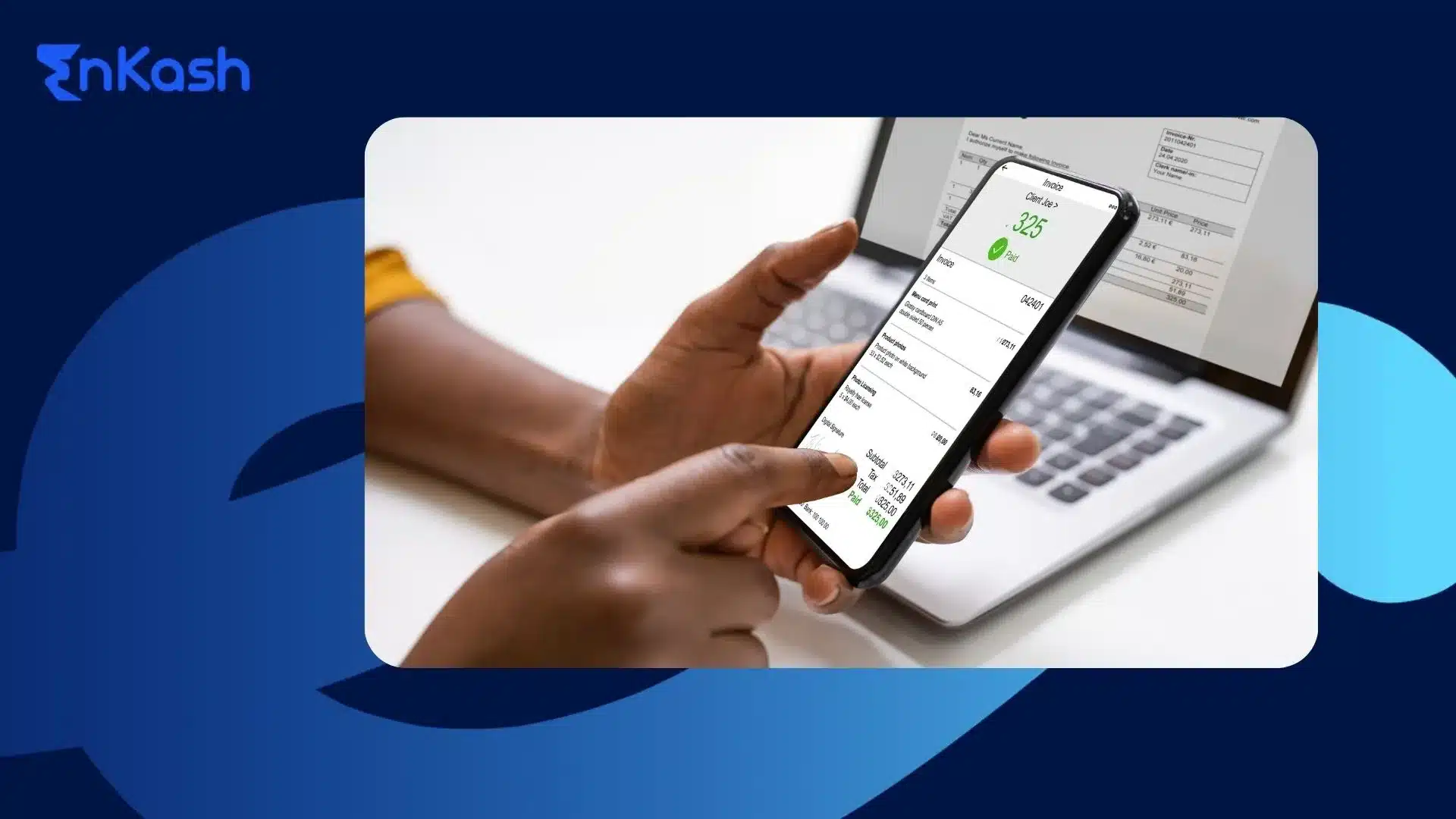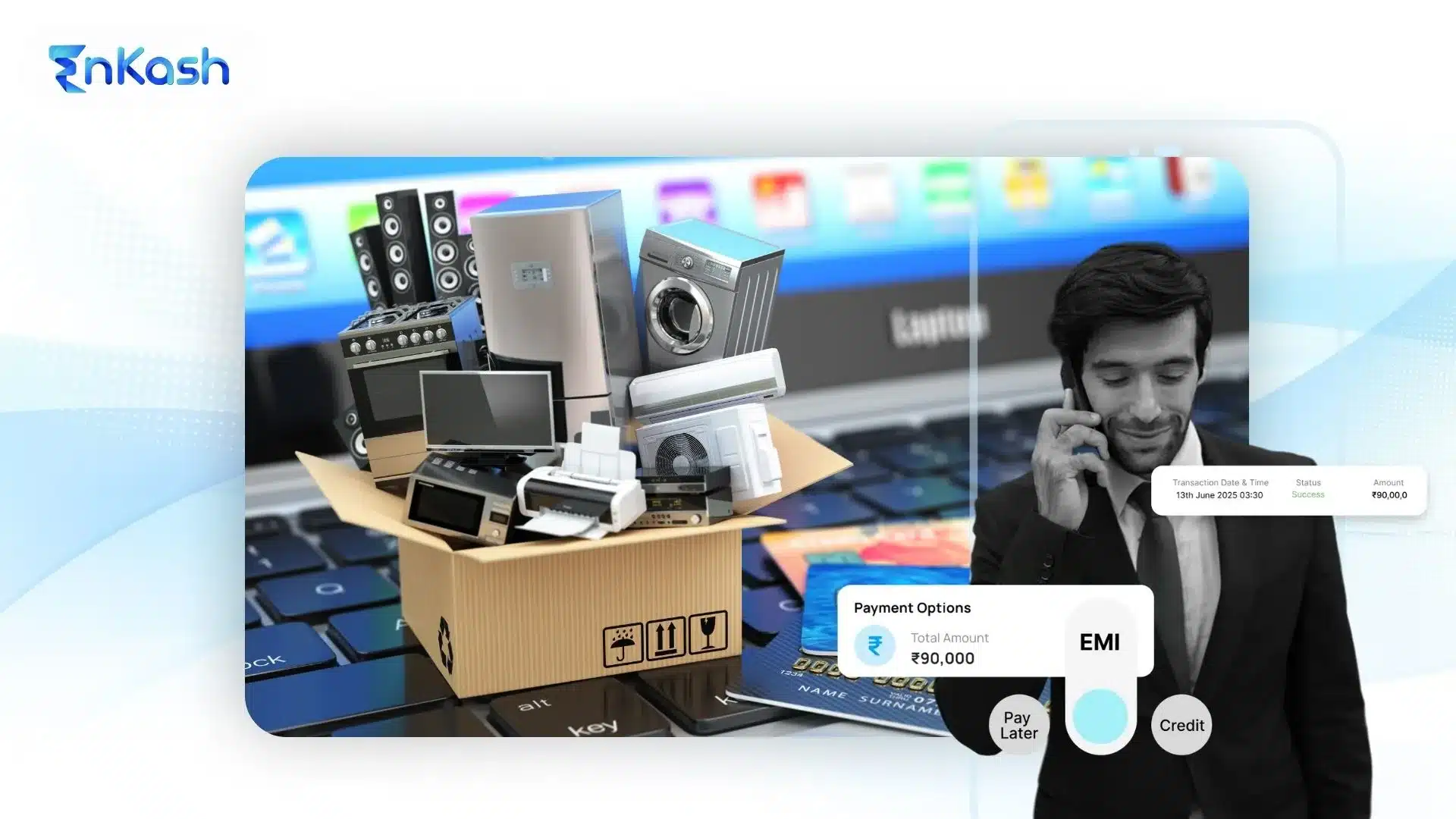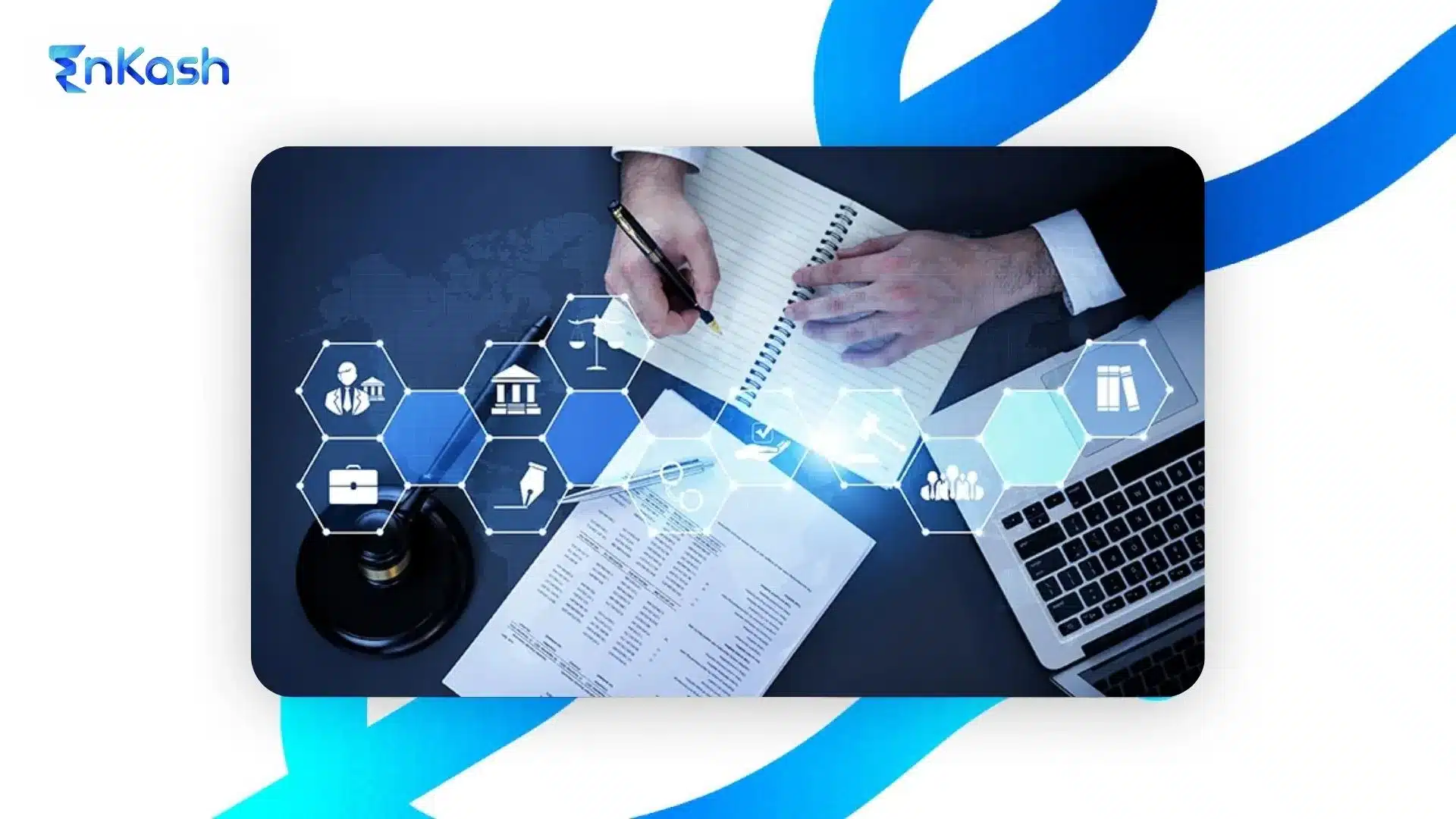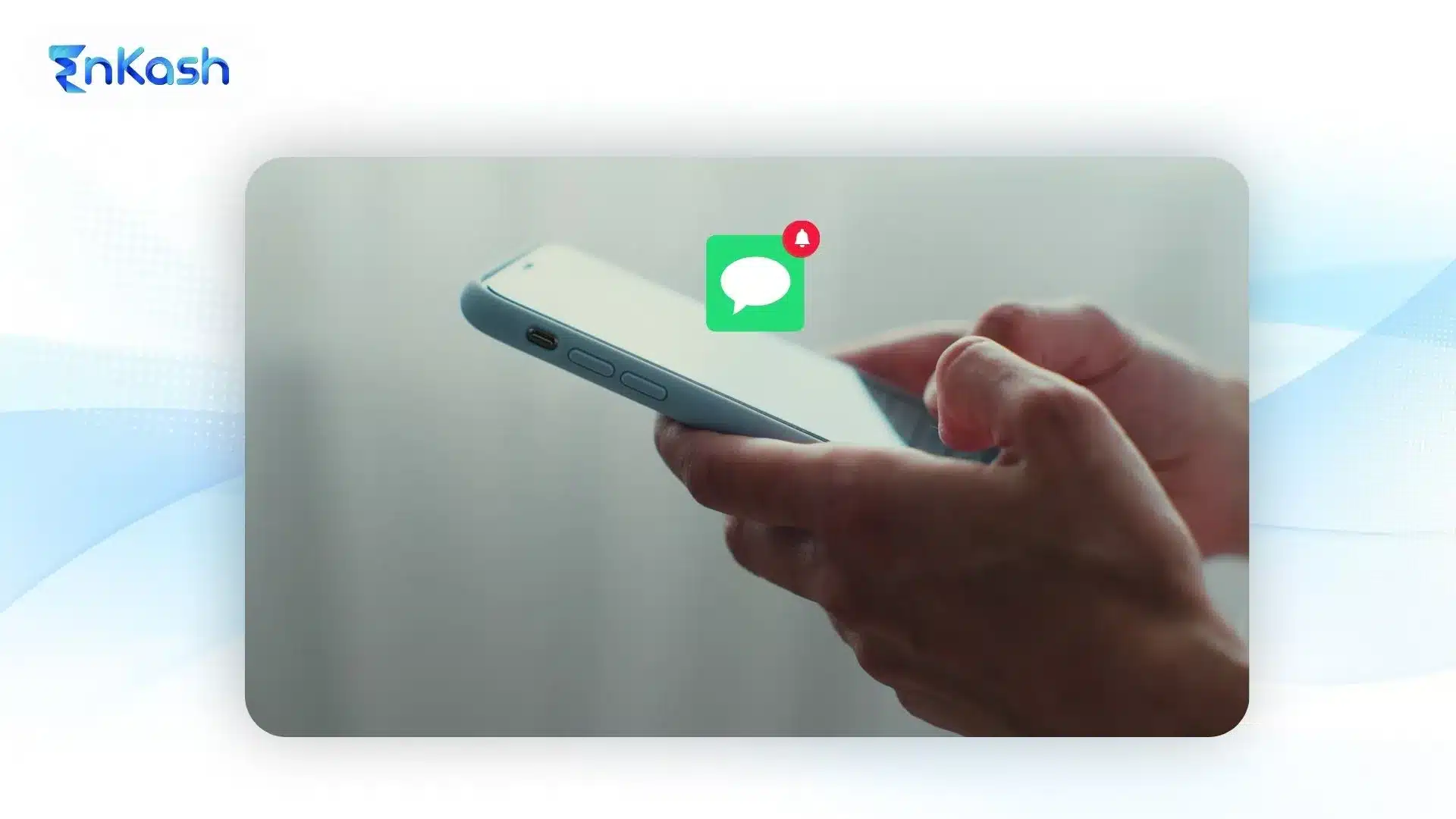What is a Website Payment Page and Why is it Important?
A payment page is where customers complete their purchase. Think of it as your digital cash register. This single page can make or break your sales. Your payment page sits between browsing and buying. Customers land here when they’re ready to pay. They enter payment details, confirm the transaction, and either complete the purchase or abandon it entirely.
What Makes a Payment Page Work?
The page needs to look trustworthy because customers share financial information here. If your payment page looks sketchy or unprofessional, they’ll leave immediately. There are no second chances when it comes to payment security. Speed matters just as much as appearance. Indian customers expect pages to load in under three seconds. Anything longer and you lose them to competitors with faster checkout processes.
Why Payment Pages Are Crucial for Indian Businesses?
Indian customers have distinct preferences when it comes to online payments. UPI is often the most preferred option, while credit cards come second. They also look for payment methods they already know and trust. At the same time, they appreciate a smooth and simple checkout process, as any extra steps or confusion can make them reconsider completing the purchase.
Your payment page needs to reflect these unique preferences. A standard international checkout template won’t work for Indian customers. You need seamless UPI integration, support for popular wallets like Paytm and PhonePe, and mobile optimization that works on various device types and internet speeds.
Trust signals become even more critical in the Indian market. Customers worry about online fraud and data theft. They actively look for security badges and certifications. They want to see familiar payment brand logos and need clear refund and return policies displayed prominently during checkout.
Payment Page Design and UI Best Practices for Higher Conversions
Your payment page design decides if customers buy or leave. Every button and color either helps you sell or costs you money. Make it look right and you’ll sell more to the same visitors.
Design for Mobile First
Start with mobile phones. Then make it work on computers. Most Indian customers shop on their phones. If your payment page performs poorly on mobile, you risk losing most of your sales..
Test your page on cheap Android phones. Not just expensive iPhones.
What works on a fancy phone might break on a basic one. Make buttons big enough to tap with thumbs. Don’t make people zoom in to see text. Put everything in one column. Stack everything top to bottom. Leave space between buttons so people don’t accidentally tap the wrong thing.
Best Practices for Mobile-Friendly Payment Pages
- Use single-column layouts: Stack fields and buttons vertically. Side-by-side layouts don’t work well on narrow screens.
- Keep tap targets large: Buttons should be at least 44px high so thumbs can tap without mistakes.
- Prioritize speed: Compress images, reduce scripts, and aim for a second or less load time on 4G and 3G networks.
- Simplify input: Use numeric keypads for phone and card fields. Add autofill and dropdowns wherever possible.
- Minimize scrolling: Keep the checkout within one or two screens. Don’t make people swipe endlessly to find the “Pay Now” button.
- Design for interruptions: Mobile users often lose connection or switch apps. Save their progress automatically so they can return without starting over.
- Test on real devices: Emulators don’t show everything. Try your page on low-cost Android phones with patchy internet to find real issues.
These small adjustments make a big difference. A mobile-friendly page is smoother, faster, and keeps Indian customers from dropping off at the final step.
Make It Easy to Follow
People need to know what to do next. Make the most important button the biggest and brightest. Use clear words like “Pay Now” instead of confusing terms like “Process Transaction”. Put similar things together. Keep all payment options in one spot. Put customer details in another place. This helps people understand what’s happening.
Pick the Right Colors
Blue and green make people feel safe. Red makes them think something’s wrong. White space makes pages look clean. Too many bright colors confuse people and hurt sales. Use your brand colors, but make them work for payments. If your logo is bright red, use a darker red for payment buttons. The page should look like your website, but also feel safe for money stuff.
Avoid red for primary buttons (reserve it for errors). Use high-contrast, accessible colors instead of yellow for CTAs.. Test colors with real customers to see what they like.
Show People You’re Safe
People worry about giving you their money online. Show security badges where they can see them. Put payment logos like Visa and UPI near the payment buttons. These familiar symbols make people feel better. If you have good reviews, show them. Real customer comments work better than generic “we’re secure” messages. Put your business address and phone number where people can find them.
Keep Forms Short
Long forms kill sales faster than anything else. Only ask for stuff you actually need. Every extra box you add makes more people give up and leave.
Help people fill out forms faster. Show credit card types automatically when they start typing numbers. Format phone numbers as they type. Use dropdown menus instead of making people type states and countries. If you need multiple steps, show progress. Tell people “Step 2 of 3” so they know how much is left. Keep it under four steps total. More than that, and people quit.
Make It Load Fast
Slow pages lose sales immediately. Customers expect pages to load in two seconds or less, and every extra second costs you conversions. Since many users in India shop on mobile data with varying speeds, your page should be optimized to perform well even on slower networks. Make images smaller without making them look bad. Remove extra tracking codes that slow things down. Test your page speed often. Check it on both fast wifi and slow mobile internet.
Handle Problems Well
Payments fail all the time. Banks decline cards. The Internet cuts out. People make mistakes when typing. How you handle these problems affects whether people try again or give up forever.
Tell people exactly what went wrong. Don’t just say “payment failed.” If their card got declined, suggest trying a different payment method. If the internet broke, give them a retry button with clear instructions. Save what people have already typed when something goes wrong. Don’t make them start over from the beginning. That’s annoying and makes people leave immediately.
How to Add Payment Methods for Indian Customer Preferences
Your payment methods can make or break sales. Offer what customers actually use and you’ll convert more visitors. Miss their preferred options and they’ll abandon their carts immediately. Indian customers have specific payment preferences that differ from global markets.
Start With UPI
UPI dominates Indian digital payments. Over 75% of online transactions happen through UPI apps like Google Pay, PhonePe, and Paytm. If you only add one payment method, make it UPI.
UPI works by generating QR codes or payment links. Customers scan the code or click the link, choose their bank account, and authorize payment through their UPI app. The money transfers instantly to your account.
Most payment processors offer simple UPI integration. Services like Enkash, Razorpay, Cashfree, and Paytm handle the technical stuff and provide UPI widgets for your payment page. Display UPI options prominently at the top of your payment method list. Show logos for popular UPI apps so customers recognize them immediately.
Include Credit and Debit Cards
Cards work well for larger purchases and customers who don’t use UPI regularly. Older customers often prefer cards over newer payment methods. Business customers frequently use corporate cards for expense tracking. Support Visa, Mastercard, and RuPay cards at a minimum. These cover the vast majority of Indian card users. RuPay cards are popular because many government employees and rural customers receive them through financial inclusion programs.
Card processing requires extra security measures. Never store card details on your servers unless you have full PCI compliance. Use hosted payment forms from your payment processor instead. These forms collect card data securely without touching your servers.
Make card entry simple and fast. Auto-detect card types when customers start typing numbers. Format card numbers with spaces for easier reading. Show accepted card logos next to the input field so customers know their cards work.
Add Popular Digital Wallets
Paytm, PhonePe, Amazon Pay, and other wallets serve specific customer segments. Urban customers use wallets for small purchases and bill payments. Some customers prefer wallets because they can load money in advance and control spending.
Each wallet has different integration requirements. Paytm provides APIs for direct integration. PhonePe offers payment links and APIs. Amazon Pay works through their partner network. Choose wallets based on your customer demographics and purchase patterns.
Display wallet options clearly, but don’t overwhelm customers with too many choices. Three to four popular wallets usually cover most customer preferences. Too many options create decision paralysis and slow down checkout.
Offer Net Banking
Net banking appeals to customers who want direct bank transfers without UPI apps. Older customers and those with security concerns often prefer this method. It works well for high-value transactions where customers want bank-level authentication.
Most major Indian banks support net banking payments. State Bank of India, HDFC, ICICI, and other large banks have reliable integration options. Regional banks sometimes have technical limitations that affect payment success rates.
Net banking flows redirect customers to their bank websites for authentication. This creates a longer payment process but provides familiar security for cautious customers. Make sure your payment page explains this redirection clearly.
Group banks logically on your payment page. List popular banks first, then organize others alphabetically. Include bank logos to help customers find their bank quickly.
Consider Cash on Delivery
COD works for businesses selling physical products to customers who distrust online payments. Rural customers, elderly customers, and first-time online buyers often prefer paying when they receive products.
COD has higher costs and risks than digital payments. You pay for collection services, handle failed deliveries, and deal with cash management. But it can unlock customer segments that won’t buy otherwise. Limit COD to specific areas where your delivery partners offer reliable service. Urban areas usually have better COD success rates than remote locations. Set minimum order values for COD to cover collection costs.
Be upfront about COD charges if you pass them to customers. Many businesses absorb COD fees to avoid cart abandonment. Others add small fees to cover collection costs. Whatever you choose, display it clearly during checkout.
Prioritize Payment Methods Smartly
List payment methods based on customer usage patterns. Put UPI first for most Indian businesses. Follow with cards, then wallets, then net banking. Place less popular options at the bottom.
Consider your specific customer demographics when ordering options. Tech-savvy urban customers prefer UPI and wallets. Traditional customers lean toward cards and net banking. Business customers often need specific corporate payment options. Test different arrangements to see what works best for your customers. Some businesses find that highlighting cards increases average order values. Others discover that promoting wallets reduces failed payments.
Handle Payment Method Selection Well
Make selection obvious and easy. Use radio buttons or large clickable areas instead of small checkboxes. Show payment method icons clearly. Customers should understand their options immediately.
Display additional information when customers select methods. For UPI, explain that they’ll scan a QR code. For cards, show which types you accept. For net banking, mention that they’ll visit their bank website. This preparation reduces abandonment. Save customer payment preferences when possible. If someone always uses Google Pay, remember that choice for future purchases. This speeds up repeat purchases and improves customer experience.
Test Payment Methods Regularly
Payment integrations break more often than you’d expect. Banks update their systems. UPI apps change their APIs. Wallet providers modify their processes. Test your payment methods weekly to catch problems early. Monitor success rates for each payment method. If card payments start failing more often, investigate with your payment processor. If UPI transactions slow down, check with your integration provider.
Track which methods customers use most. This data helps you optimize your payment page layout and decide which new methods to add. Focus your attention on payment methods that actually drive sales.
Your payment method choices directly affect your sales and customer satisfaction. Offer what your customers actually use, make selection simple, and keep everything working smoothly. The right mix of payment options converts more browsers into buyers.
Payment Success Page Design: Confirm Payments and Build Trust
Your payment success page is the first thing customers see after paying. This page either confirms they made a smart purchase or makes them worry that something went wrong. Get it right and customers feel confident about buying from you again.
Confirm Payment Immediately
Tell customers clearly that their payment went through. Use simple language like “Payment Successful” or “Order Confirmed” as your main headline. Avoid confusing terms like “Transaction Processed” that make people wonder if the payment has actually been completed.
Show the payment amount and the method they used. If someone paid 2,500 rupees with UPI, display that information prominently. This confirmation helps customers match the charge on their bank statements later. It also prevents confusion about duplicate charges.
Display the order number or reference code in large, easy-to-read text. Customers need this number for customer service calls, returns, and tracking. Make it simple to copy or screenshot. Some customers take photos of confirmation pages for their records.
Include the date and time of the transaction. This timestamp helps customers track their purchases and verify charges with their banks if needed. Format dates clearly in Indian standard format so there’s no confusion about timing.
Provide Order Details
List what customers bought with quantities, prices, and any options they selected. If someone bought two red shirts in large size, show that exact information. This confirmation prevents disputes later and builds confidence in your order processing.
Show delivery information for physical products. Include the shipping address and expected delivery date. Tell customers when they’ll receive shipping confirmation emails. Set clear expectations about timing.
For digital products or services, provide access instructions immediately. Include login details, download links, or next steps they need to take. Don’t make customers wait for separate emails if you can provide access right away.
Display customer service contact information prominently. Include phone numbers, email addresses, and support hours. Even happy customers sometimes need help. Making support easy to find reduces anxiety about the purchase.
Build Trust With Professional Details
Include your complete business information on the success page. Show your company name, registered address, and GST number. This information proves you’re a legitimate business and helps with any payment disputes.
Display your return and refund policies clearly. Link to full policy pages, but also summarize key points like return windows and refund processing times. Customers often worry about returns right after buying, especially for online purchases.
Show security information that reinforces that their payment was safe. Mention SSL encryption, secure payment processing, and any certifications you have. This reassurance matters most right after customers share financial information.
Create Opportunities for Engagement
Ask for reviews or feedback while customers feel positive about their purchase. The success page is the perfect time to request reviews because customers have just completed a smooth transaction. Make review requests simple with direct links to review platforms.
Suggest related products they might like based on what they just bought. If someone bought running shoes, suggest socks or fitness accessories. Keep suggestions relevant and helpful rather than pushy. This approach can increase order values naturally.
Invite customers to follow your social media accounts or join your email list. Offer incentives like discount codes for future purchases or exclusive access to new products. The success page is when customers feel most connected to your brand.
Handle Next Steps Clearly
Tell customers exactly what happens next in simple language. Will they get shipping confirmation emails? When should they expect delivery? Do they need to do anything else? Clear expectations prevent unnecessary customer service calls.
Provide tracking information and instructions for physical products. Explain how to track shipments, what to do if packages don’t arrive, and who to contact with delivery problems. Many customers want to track orders immediately after purchasing.
For services or memberships, explain how to access what they bought. Include login instructions, orientation information, or setup steps they need to complete. Make the transition from payment to using your product as smooth as possible.
Avoid Common Success Page Mistakes
Don’t redirect customers away from your success page too quickly. Some businesses automatically redirect to home pages after a few seconds. This frustrates customers who want to save confirmation details or read order information carefully.
Skip aggressive upselling on success pages. Customers just completed a purchase and want confirmation, not more sales pressure. Save additional offers for follow-up emails when they’re ready to consider new purchases.
Don’t make success pages look generic or template-based. These pages should match your website design and feel like part of your brand experience. Generic confirmation pages make customers question if they’re dealing with the same company they intended to buy from.
Avoid cluttering success pages with unnecessary information. Focus on confirming the purchase, providing next steps, and building confidence. Too much extra content distracts from the main purpose of reassuring customers about their transaction
Testing and Optimizing Your Payment Page for Better Performance
Your payment page performance directly affects your revenue. Optimizing a payment page in India can increase conversions by 20–30% depending on checkout design and speed Regular testing and optimization turn more visitors into paying customers.
Start With A/B Testing
A/B testing splits your visitors between two different page versions. Half see version A, half see version B. You measure which version converts better, then make the winning version your new default.
Test one element at a time. Change button colors, then test. Try different headlines, then test. Move trust badges, then test. Testing multiple changes simultaneously makes it impossible to know which actually improved results.
Run tests for at least two weeks to get reliable data. Don’t make decisions based on a few days of results. Payment page traffic varies by day of the week, time of month, and seasonal patterns. Longer tests account for these variations.
Focus on High Impact Elements
Test your main payment button first. Try different colors, sizes, and text. “Pay Now” might convert better than “Complete Purchase.” Green buttons might outperform blue ones. Button changes often create the biggest improvements.
Experiment with trust signal placement. Move security badges near payment forms. Test different customer testimonials. Try various guarantee statements. Trust elements directly affect whether customers feel safe sharing payment information.
Test different payment method arrangements. Put the most popular options first. Try hiding less used methods behind a “More Options” link. Simplifying choices often increases conversions by reducing decision paralysis.
Monitor Key Performance Metrics
Track your conversion rate as your main success measure.
Watch payment completion rates by method. If UPI payments succeed 95% of the time but card payments only succeed 80%, investigate the card processing issues. Failed payments frustrate customers and hurt future conversion rates.
Monitor page loading speed regularly. Use Google PageSpeed Insights or similar tools. Pages that load in under two seconds convert significantly better than slower ones.
Fix Common Performance Problems
Address form errors that prevent successful payments. If customers repeatedly enter invalid phone numbers, check your validation rules. If card payments fail often, review your payment processor settings.
Optimize for mobile performance specifically. Most Indian customers use phones for payments. Test your page on different Android devices with varying internet speeds. Fix touch target sizes and reduce mobile loading times.
Reduce checkout steps when possible. Every additional page in your payment process loses customers. Combine steps where you can. Remove optional fields that don’t affect order fulfillment. Shorter processes convert better.
Test During Different Conditions
Run tests during various traffic periods. Weekend behavior might differ from weekday patterns. Festival seasons create different customer mindsets. What works during normal periods might not work during high traffic times.
Test with different customer segments when you have enough data. New customers might respond differently from repeat buyers. Mobile users often behave differently than desktop users. Segment your tests to find specific improvements.
Make Data-Driven Decisions
Don’t guess about what customers want. Let test results guide your decisions. Sometimes changes that seem obvious actually hurt conversions.
Keep testing winners against new variations. Continuous testing and optimization create long-term competitive advantages in conversion rates.
Document what you test and learn. Keep records of successful changes and failed experiments. This knowledge prevents repeating mistakes and helps train team members on what actually works for your customers.
Regular testing and optimization turn your payment page into a revenue-generating machine. Small improvements compound over time to create significant business growth.
Custom Payment Pages for Different Use Cases
Payment pages don’t have to be one-size-fits-all. Businesses can create tailored pages for specific needs:
- Invoices: Add a custom payment page link to invoices so clients can pay instantly through UPI, cards, or net banking. This speeds up collections and reduces manual follow-ups.
- Events: Use branded payment pages to collect ticket payments with clear event details, pricing, and confirmation instructions.
- Subscriptions: Offer recurring payment options directly on a custom page to make sign-ups and renewals simple for customers.
- Donations and One-Time Payments: NGOs, schools, or service providers can use custom pages for flexible one-time contributions or fees.
A well-designed custom payment page makes transactions seamless and ensures your brand stays consistent across all touchpoints.
Conclusion
Your payment page decides whether visitors become customers. Get it right and you convert more sales. Get it wrong and you lose money to competitors. The basics work. Design for mobile first. Keep forms short. Offer UPI, cards, and wallets. Make pages load fast. Handle errors well. Show trust signals that customers recognize.
Indian customers need specific things that generic pages miss. They want UPI integration that works. They need mobile optimization for slower connections. They abandon long forms faster than global customers. They look for familiar security badges. Your success page matters too. Confirm payments clearly. Show order details. Set expectations for next steps. This page either builds confidence or creates worry about the purchase. Testing creates big improvements. Small changes like button colors can boost conversion rates significantly. Test one thing at a time. Let data guide decisions, not guesses.
Start simple and improve over time. Build a basic page that works, then optimize based on real customer behavior. Focus on trust and ease of use. These improvements add up to serious revenue growth.
Your payment page either helps or hurts your business. Every visitor you lose at checkout wastes marketing money and misses sales opportunities. Fix your checkout experience and watch conversions improve immediately.
FAQs
1. What is a payment page, and why is it important?
It’s the page where customers complete their purchase. A well-designed payment page builds trust, ensures smooth transactions, and directly impacts sales.
2. Why are custom payment pages better than generic ones?
Custom pages match your brand, support preferred Indian payment methods like UPI, and optimize for mobile users. Generic pages often break customer trust.
3. Which payment methods should Indian businesses prioritize?
UPI should come first, followed by credit/debit cards, popular wallets like Paytm or PhonePe, net banking, and cash on delivery, where reliable.
4. How can payment pages be optimized for mobile?
Use single-column layouts, large tappable buttons, readable text, minimal scrolling, and fast loading under two seconds. Test on basic Android devices too.
5. What trust signals should a payment page display?
Security badges, payment partner logos, business address, GST number, customer service contacts, and real customer reviews to build confidence.
6. How long should the checkout process be?
Keep it under four steps. Three steps—customer info, payment details, and confirmation—work best to reduce abandonment.
7. What information should you ask from customers?
Only request essential details: name, email, phone, and delivery address. Avoid optional fields that slow down the process.
8. How should payment failures be handled?
Show clear error messages, suggest alternative payment methods, provide a retry option, and retain customer information to avoid frustration.
9. What should a payment success page include?
Confirm the payment, show order number, purchased items, payment amount, expected delivery, and customer service info. Include trust signals and optional engagement like reviews.
10. How can businesses test and improve payment page performance?
Use A/B testing for buttons, layouts, and payment arrangements. Track conversions, success rates, load times, and error frequency. Optimize continuously based on data.








